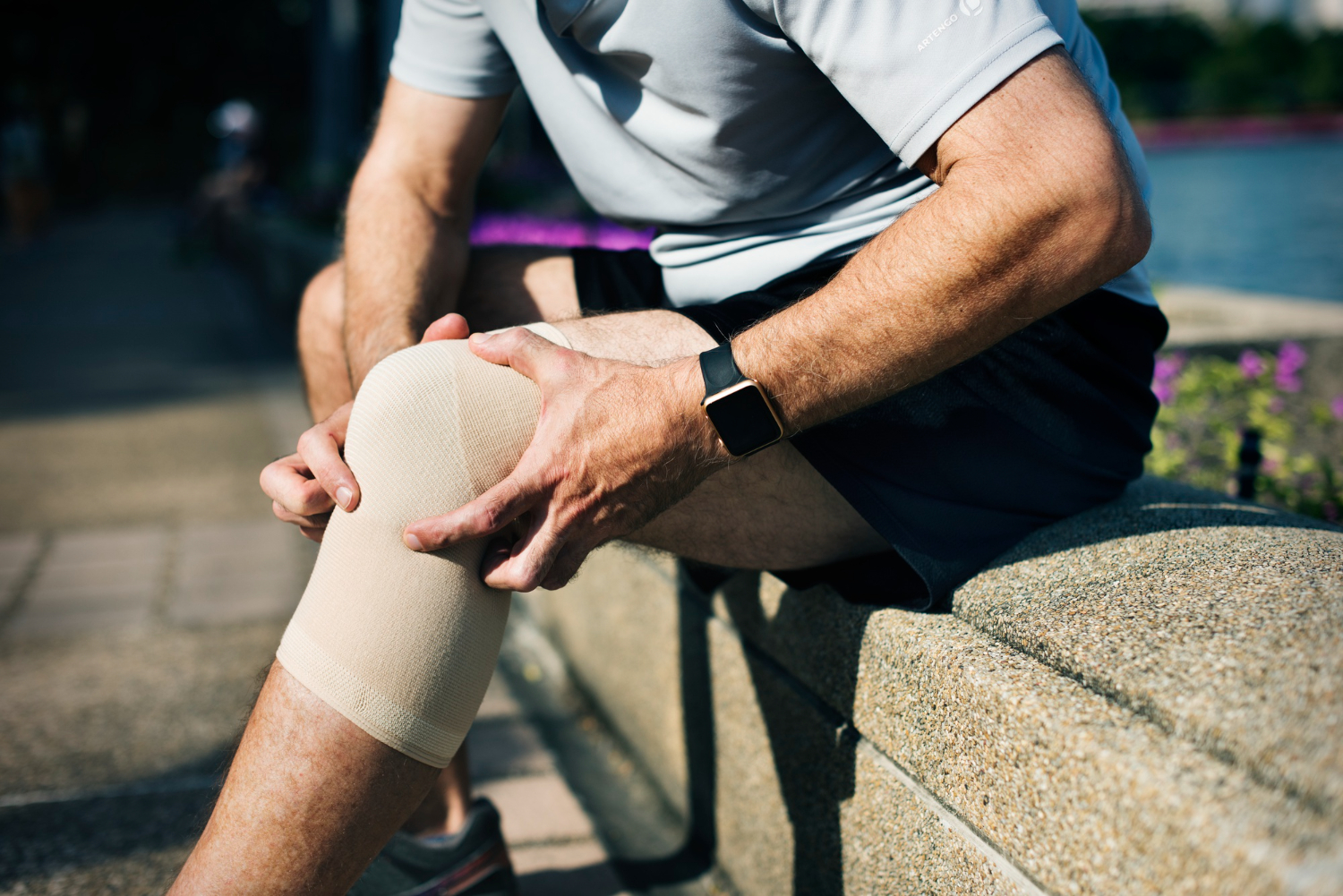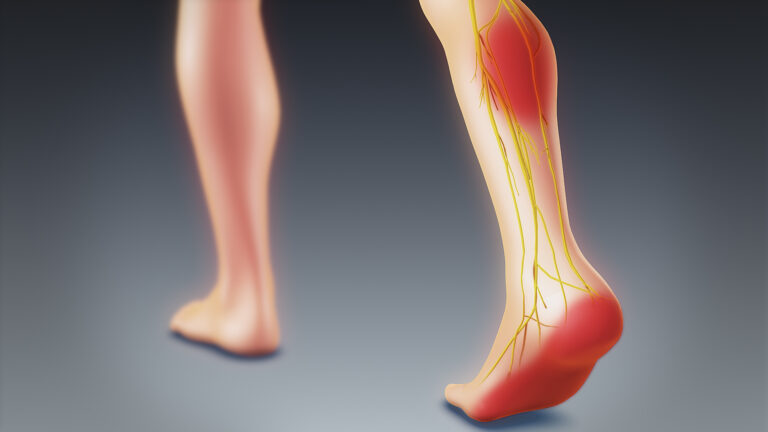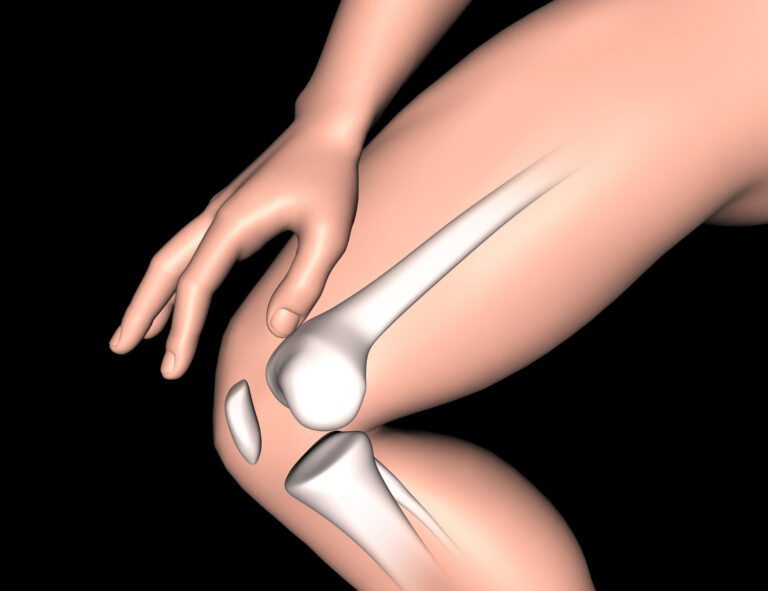Introduction:
Knee pain is a prevalent complaint that affects millions of people worldwide, impacting daily activities and quality of life. However, amidst the discomfort and frustration, misinformation and myths about knee pain abound. In this blog, we’ll debunk common misconceptions surrounding knee pain, empowering patients with accurate information to better understand their condition and make informed decisions about their health.
Myth 1: Knee Pain Only Affects the Elderly
Reality: While knee pain is more prevalent in older adults due to age-related wear and tear, it can affect individuals of all ages. Younger adults and athletes are susceptible to knee injuries such as ligament tears, tendonitis, and cartilage damage. Additionally, underlying medical conditions or lifestyle factors, such as obesity or overuse injuries, can contribute to knee pain at any age.
Myth 2: Rest is the Best Treatment for Knee Pain
Reality: While rest may provide temporary relief for acute injuries, it’s not always the best treatment for knee pain. In many cases, physical activity and targeted exercises are essential for strengthening muscles, improving joint stability, and promoting healing. Physical therapy, including stretching and strengthening exercises, is often recommended to manage knee pain and prevent future injuries.
Myth 3: Surgery is the Only Solution for Knee Pain
Reality: Surgery is not always necessary to treat knee pain. Many cases of knee pain can be effectively managed with non-surgical interventions such as physical therapy, medication, injections, and lifestyle modifications. Surgery is typically reserved for severe cases or when conservative treatments have failed to provide relief. It’s essential to explore all treatment options and consult with a healthcare provider to determine the most appropriate course of action.
Myth 4: Running Worsens Knee Pain
Reality: While running may exacerbate knee pain in some individuals, it can also be beneficial when done correctly. Proper running form, appropriate footwear, and gradual progression are essential for minimizing the risk of knee injuries. Strengthening the muscles around the knee, maintaining a healthy weight, and incorporating cross-training activities can also help reduce the strain on the knees during running.
Myth 5: Knee Pain is Inevitable with Aging
Reality: While it’s true that the risk of knee pain increases with age, it’s not an inevitable part of aging. By adopting healthy lifestyle habits, including regular exercise, maintaining a healthy weight, and avoiding excessive wear and tear on the knees, individuals can reduce their risk of developing knee pain as they age. Additionally, early intervention and proper management of knee injuries can help mitigate the effects of aging on knee health.
Myth 6: Over-the-Counter Pain Medications Are Harmless
Reality: While over-the-counter pain medications such as nonsteroidal anti-inflammatory drugs (NSAIDs) can provide temporary relief from knee pain, they are not without risks. Prolonged or excessive use of NSAIDs can lead to gastrointestinal problems, kidney damage, and other adverse effects. It’s essential to use these medications as directed and consult with a healthcare provider if knee pain persists or worsens.
Conclusion:
In conclusion, knee pain is a complex and multifaceted condition that can be influenced by various factors. By debunking common myths and misconceptions surrounding knee pain, patients can gain a better understanding of their condition and take proactive steps toward managing it effectively. Consulting with a healthcare provider, adopting healthy lifestyle habits, and seeking appropriate treatment are essential for addressing knee pain and improving overall knee health. With accurate information and informed decision-making, individuals can navigate their journey toward pain-free knees with confidence and clarity.



